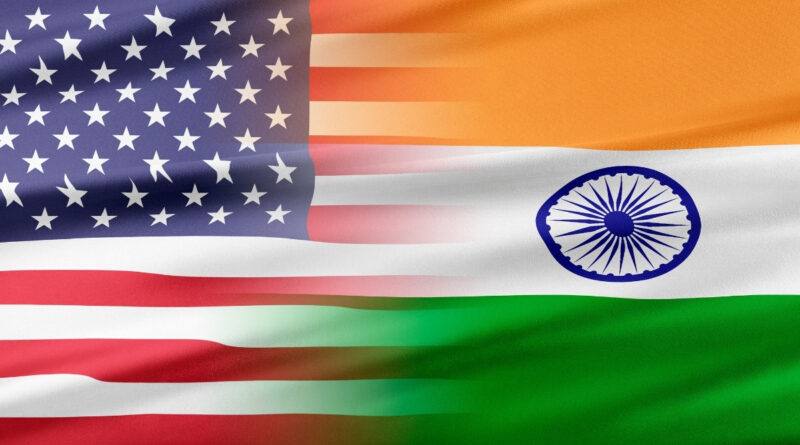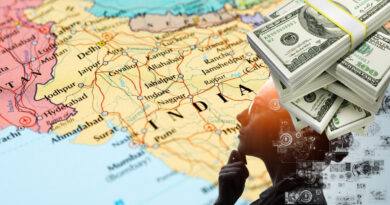Trade Surprise Leaves India-U.S. Hopes Vulnerable: Know It All Now
By WFY Bureau Desk | Economy and Business | August 2025 Edition
In the global race to forge strategic trade alliances, India has steadily emerged as an indispensable partner. With a young demographic, an expanding digital economy, and rapid growth in sectors like manufacturing and green energy, India presents both economic opportunity and political weight. It is therefore not surprising that major economies, from the United Kingdom to the United States, are vying for enhanced trade relations with the country. Yet, the recent India–U.K. Free Trade Agreement (FTA), hailed as a historic breakthrough, has done little to ease the complexities facing a similar deal between India and the United States.
This article explores why the momentum of the India–U.K. trade deal does not directly translate into progress on the U.S.–India front, and what this means for broader global trade diplomacy.
The U.K. Trade Deal: A Promising Bilateral Milestone
In early 2025, India and the United Kingdom finalised a much-anticipated free trade agreement after years of negotiation. This agreement is expected to add around £4.8 billion to the U.K.’s GDP annually and increase bilateral trade by approximately £25.5 billion over the coming decade. Tariffs on several U.K. exports, including Scotch whisky and automobiles, will be significantly reduced over phased timelines. In return, Indian exporters will enjoy near-zero tariff access to the British market for about 99 percent of goods, up from the previous 73 percent.
The deal also signals a strategic partnership between the two countries. While certain concerns such as the U.K.’s upcoming carbon tax and the absence of an investment protection treaty remain unresolved, the agreement is largely seen as balanced, mutually beneficial, and politically palatable.
For India, it is a diplomatic success that bolsters its global profile as a trusted trade partner. For the U.K., especially in its post-Brexit context, it is a necessary step toward rebuilding global trade networks.
The U.S. Negotiations: A More Complicated Picture
The optimism surrounding the India–U.K. deal might give the impression that India is now ready for wide-ranging trade liberalisation. However, such expectations quickly confront the reality of negotiating with the United States. Shortly after the India–U.K. agreement was announced, the U.S. administration imposed a 25 percent tariff on Indian imports, citing long-standing trade imbalances and India’s procurement of military and energy assets from Russia. This abrupt move complicates the climate for any comprehensive trade negotiation.
The main challenges lie in India’s reluctance to open up certain domestic sectors. Agriculture, for instance, employs nearly half of the Indian population and remains a politically sensitive domain. Any demand from the U.S. to allow free access for its agricultural products is met with stiff resistance in India. Similarly, India’s micro, small and medium enterprises (MSMEs), which form the backbone of its economy, are seen as vulnerable to foreign competition and thus are protected under various domestic policies.
The WTO Barrier: The ‘Most Favoured Nation’ Clause
A key technical barrier that hampers India’s ability to negotiate selectively is the World Trade Organisation’s ‘Most Favoured Nation’ (MFN) principle. According to this clause, any tariff concession offered to one trading partner must be extended to all WTO member nations. This means that if India grants lower tariffs to the U.S. on sensitive products such as dairy or agriculture, it would be obligated to provide the same to other trading partners, including the U.K. and the EU.
This requirement significantly reduces India’s room to manoeuvre in bilateral deals, especially when negotiating with powerful economies like the U.S. that demand broader market access across high-stakes sectors. Therefore, unlike the United Kingdom, which has shown more flexibility and tailored its demands, the U.S. has often pushed for deeper concessions, making the negotiations considerably more difficult.
The Investment Protection Dilemma
Another complicating factor is India’s stance on investment treaties. In 2017, India unilaterally withdrew from many bilateral investment treaties, including with the U.K., citing concerns about arbitration and sovereignty. Although foreign direct investment into India has continued to rise, Western partners often consider the absence of robust investor protection mechanisms a serious shortcoming.
The U.K. trade deal does not include a new investment protection framework, and India appears comfortable with this omission. However, the U.S. views such protections as non-negotiable. For American investors, particularly those in high-tech and energy sectors, legal safeguards and enforceable dispute resolution clauses are critical prerequisites. India’s unwillingness to reinstate broad investment treaties adds another layer of challenge to reaching a comprehensive agreement with Washington.
Geopolitical Overlaps and Contradictions
Trade is rarely just about economics. The United States and India have a complex geopolitical relationship. They cooperate on defence, technology, and counter-terrorism, yet also diverge on several fronts. For example, India’s decision to continue buying Russian oil and defence equipment amid Western sanctions has drawn criticism from Washington.
Moreover, India’s trade with China, its border rival, continues to be substantial. While the United States sees China as its primary strategic competitor and seeks to reduce dependency on Chinese supply chains, India treads cautiously. The balancing act that India performs in global geopolitics also influences its trade posture, a posture that often appears too cautious or inconsistent to American policymakers.
What Domestic Politics Say
On the Indian side, electoral politics play a crucial role. Any policy that risks the support of farmers, small traders, or cottage industries faces significant pushback. Trade liberalisation, if not handled with care, can become a political liability.
The U.S., particularly under certain administrations, has often adopted a transactional approach to trade, expecting immediate concessions in exchange for economic engagement.
India, on the other hand, has adopted a calibrated, long-term view, prioritising domestic welfare and industry protection. These divergent approaches create frequent deadlocks.
India’s Rising Economic Profile and Negotiating Confidence
Despite these challenges, India’s confidence in the global arena is growing. It has overtaken China as the largest source of smartphone exports to the U.S., accounting for 44 percent of U.S. imports in the second quarter of 2025. Its domestic infrastructure and digital sectors are attracting global capital. Large IPOs, strong macroeconomic fundamentals, and a young consumer market make India an attractive prospect for any investor.
This growing economic weight gives India more leverage in negotiations. But it also means that India can afford to be selective. Deals must align not just with foreign expectations but also with India’s strategic interests and internal development goals.
Looking Ahead: Possibilities and Pathways
A trade agreement between India and the United States remains possible but will not be quick or easy. It will require compromise, creative structuring, and a willingness from both sides to accommodate each other’s core concerns.
For instance, India could offer the U.S. tariff concessions in sectors where there is less domestic sensitivity, while the U.S. could relax its demands on agriculture and offer easier market access for Indian pharmaceuticals or software services. Investment protections could be negotiated under new terms that address both parties’ concerns without reverting to old models.
Trade facilitation measures, digital trade agreements, mutual recognition of standards, and labour mobility provisions are other areas where incremental progress could be made, laying the groundwork for a broader deal.
The India–U.K. trade agreement showcases India’s growing role as a global trade partner and proves that well-negotiated bilateral deals are achievable. However, the complexity and political nuances of India–U.S. relations mean that success with one Western partner does not automatically pave the way for another.
A U.S.–India trade deal will require more than goodwill. It will demand deep structural dialogue, mutual trust, and an understanding of each other’s political and economic red lines.
Only then can the world’s oldest democracy and the world’s largest democracy turn potential into partnership.
Disclaimer: This article is an original feature written for The WFY magazine, based on factual information as of August 2025. It does not use unauthorised quotes or reproduce copyrighted material from external sources. The views expressed are derived from available public data and are intended for informative and journalistic purposes only.




